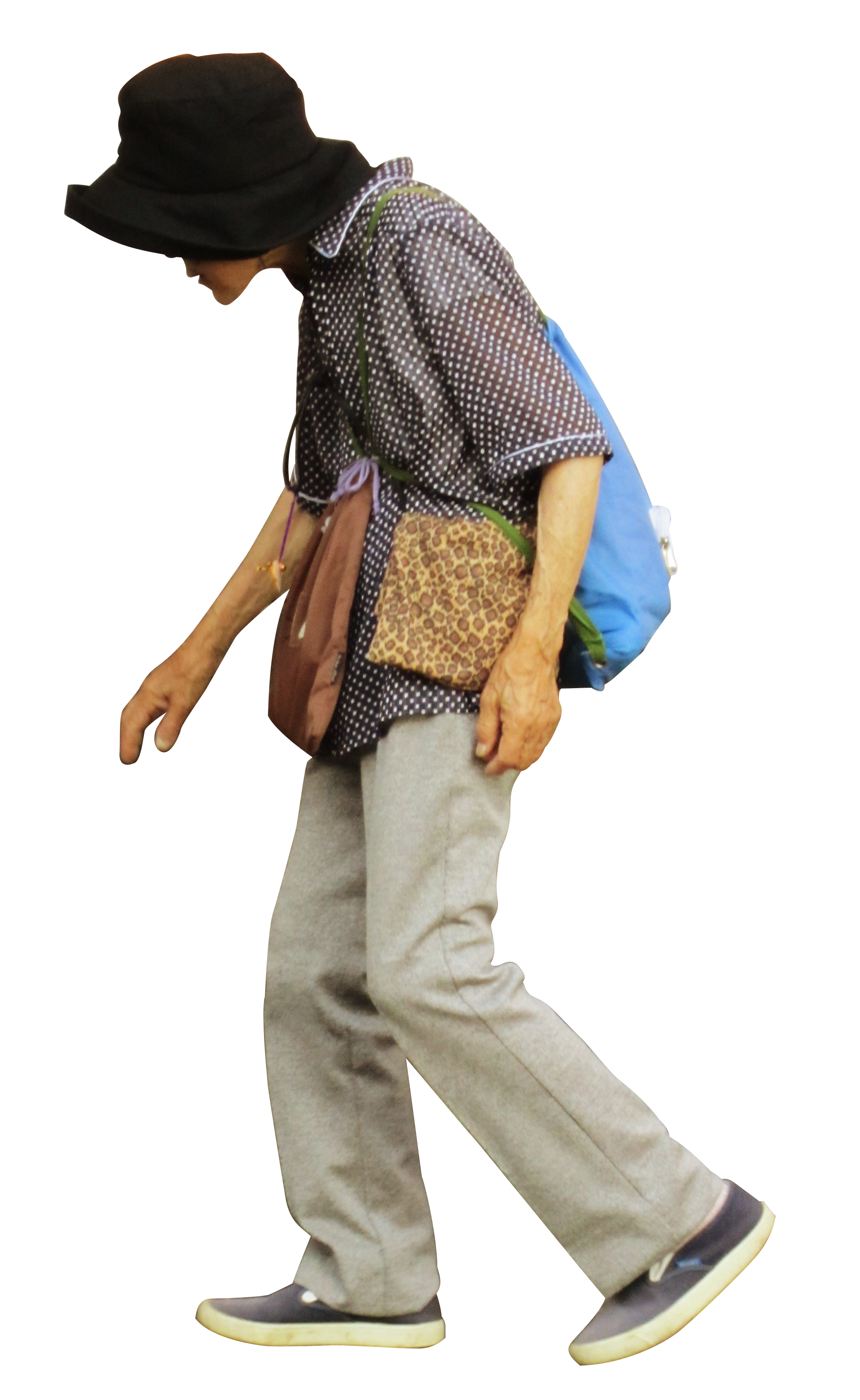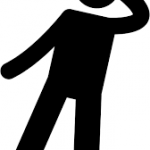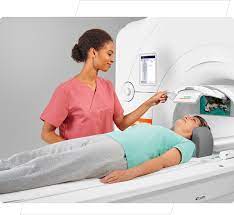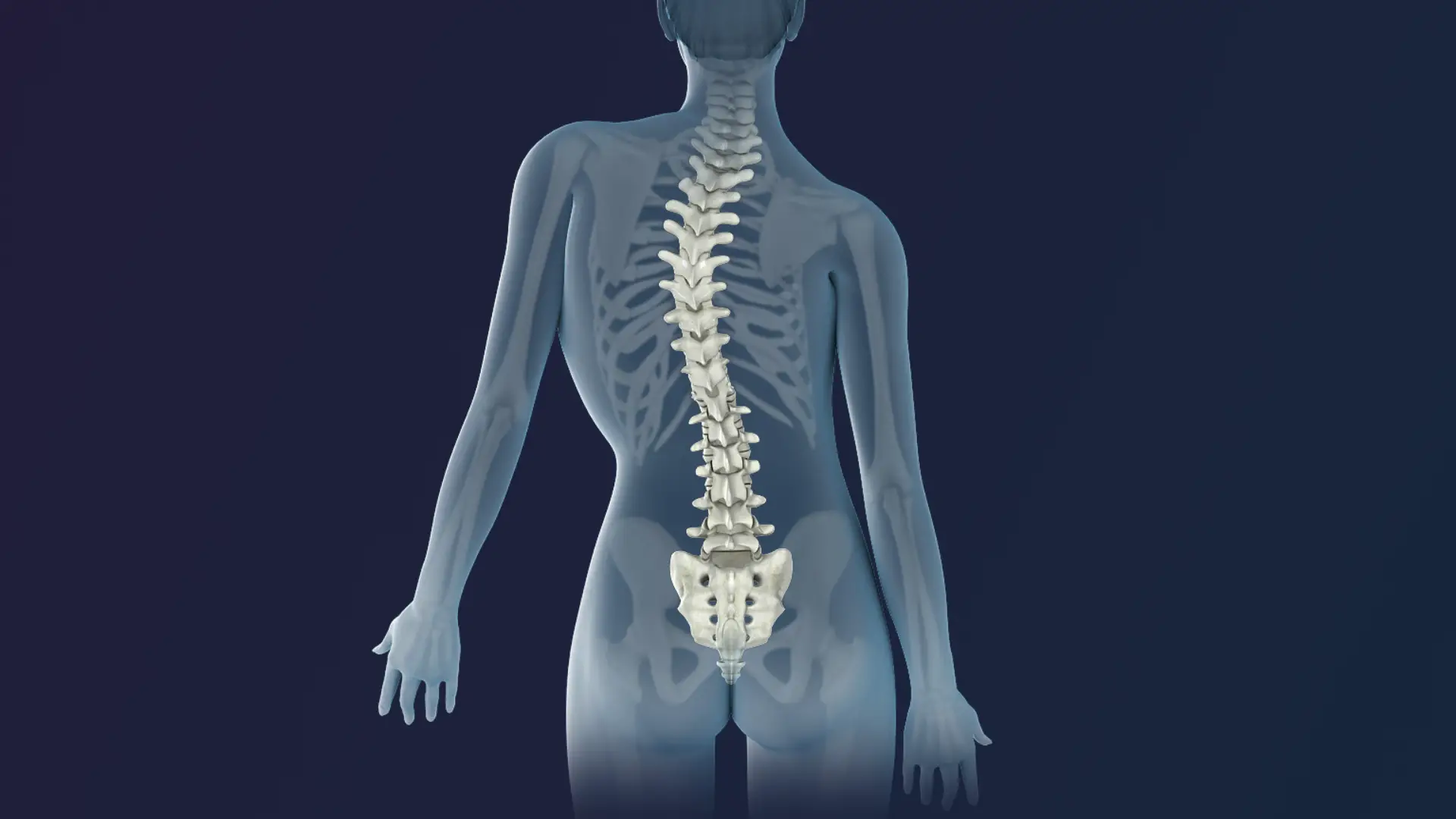A chiropractor can help with the symptoms of dowager’s hump, although it cannot necessarily fix the condition itself. The chiropractor may be able to provide relief from pain and other symptoms by manipulating the spine and joints in order to improve posture and alignment.
They may also suggest exercises to stretch and strengthen the muscles that support the spine, which can help with overall flexibility and strength. Additionally, certain lifestyle changes such as avoiding prolonged periods of sitting or standing in one position can also help reduce discomfort caused by dowager’s hump.
While it is not possible for a chiropractor to completely reverse Dowager’s Hump, they can play an important role in helping manage the condition.
What Is Dowager’s Hump?
Dowager’s hump is a condition in which there is an outward curvature or hump of the upper back and spine. This curvature, also known as thoracic kyphosis, occurs at the thoracic spine, located towards the top of the spine.
The hump is most noticeable at the back of the neck and can cause difficulty standing straight due to excess pressure on the cervical vertebrae. Dowager’s hump can be caused by a variety of factors such as osteoporosis, weak muscles, poor posture and genetics. Osteoporosis-related dowager’s humps are especially common in post-menopausal women due to weakened bones from lack of estrogen.
People with dowager’s hump may have a hard time standing up straight for extended periods of time because their spinal curve causes an imbalance in their posture. Treatment typically includes physical therapy, exercises to strengthen and stretch weakened muscles, as well as posture correction to help reduce the outward curvature of the thoracic spine and top of the spine.
Should I see a chiropractor for neck hump?
Seeing a chiropractor for a neck hump is a great idea. Chiropractors are experts in musculoskeletal health and can offer treatments to reduce the size of your hump or at least lessen its appearance.
They may also suggest lifestyle changes, such as better posture and exercises to strengthen the muscles of the neck, which can help prevent further humping. Chiropractic adjustments can realign the spine, reduce inflammation, and improve range of motion, all of which may help with reducing the size of the hump.
Additionally, if the hump is caused by poor alignment or misalignment of vertebrae, a chiropractor can provide manual manipulation to help realign them. If you have a neck hump it’s important to visit a chiropractor and discuss options for getting rid of it.
Dowager’s Hump Causes?
Dowager’s hump, also known as a “hump” or “buffalo hump”, is a medical condition characterized by the development of a hump at the upper back. This hump can develop due to various conditions such as osteoporosis and can be either congenital or acquired. Osteoporosis makes the spine weak and causes an abnormal curvature which leads to the formation of the hump.
Other factors that contribute to this condition include poor posture, sedentary lifestyle and aging. To treat this condition, it is important for an individual to maintain good postural habits such as keeping their shoulders back and engaging in regular physical activity. A doctor may also recommend medications or other therapies that help strengthen the bones.
Additionally, they may suggest lifestyle changes such as avoiding smoking and consuming healthy foods with adequate calcium levels in order to reduce further damage. In severe cases, surgery may be needed to correct the deformity caused by dowager’s hump. It is important for individuals with this condition to develop a treatment plan with their doctor so they can get relief from symptoms and prevent further complications.

Do You Need Surgery For Dowager’s Hump?
Do You Need Surgery For Dowager’s Hump? Generally speaking, surgery is not necessary for the treatment of a dowager’s hump. This condition is caused by changes in the spine due to age or postural habits and is characterized by a hump that develops on the upper back between the shoulder blades.
While surgery may be recommended if other treatments have failed, chiropractic care is typically used to treat this condition. Chiropractic care can help reverse the abnormal curvature of the spine and reduce or eliminate the hump.
This involves manual manipulation of the spine to restore proper alignment, as well as exercises and stretches to strengthen and stabilize muscles. In some cases, lifestyle modifications may also be recommended such as avoiding prolonged sitting or standing and maintaining good posture.
What does a chiropractor do for dowager’s hump?
A chiropractor can help treat dowager’s hump, which is a condition that causes an exaggerated forward curve in the upper back. This curve results from compression of the thoracic spine due to poor posture, age-related degeneration, or medical conditions such as osteoporosis.
A chiropractor can assess the patient’s condition, diagnose any underlying issues and develop a treatment plan to reduce the curve and improve posture. Treatment may include manual adjustments to realign the vertebrae in the thoracic spine and rehabilitative exercises to strengthen supporting muscles.
In some cases, lifestyle modifications such as avoiding activities that strain the back may be recommended. The goal of treatment is to decrease pain and improve function while reducing or eliminating the hump over time.
How long does it take to correct hunchback?
Correcting a hunchback may take some time depending on the severity of the condition. A hunchback, also known as kyphosis, is an abnormally exaggerated curvature of the upper spine. It can be caused by poor posture, scoliosis, diseases such as osteoporosis, or birth defects
Can a dowagers hump be reversed?
A dowager’s hump, also known as a hump or kyphosis, is an excessive curvature of the upper back. This condition can be caused by poor posture, aging, or osteoporosis. The good news is that a dowager’s hump can be reversed with proper treatment and prevention. Exercises




